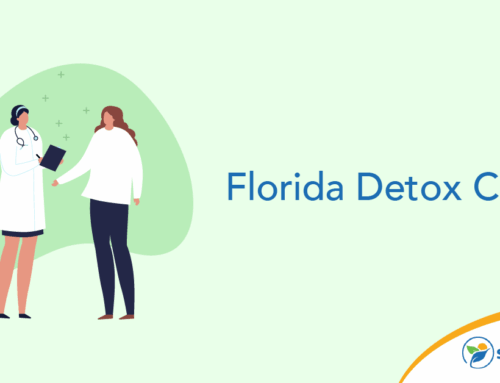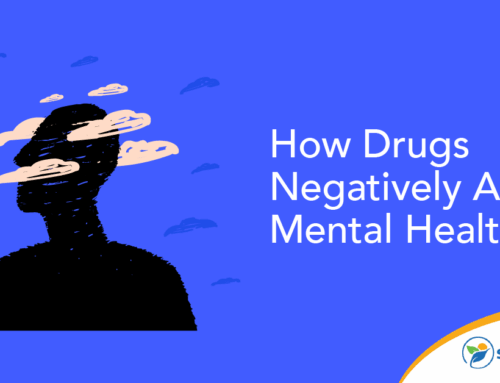Many people panic when asked to undergo a drug test even if they don’t use or abuse drugs. Different occasions may require that you submit to a drug test. Knowing what standard drug tests screen for can make the process less ominous. So, what do drug tests look for and what should you do if you’re worried about getting a positive result? Read on to find out.
Who Can Conduct A Drug Test?
Despite how common drug tests are, you can only be subjected to a mandatory drug test under certain circumstances. People or entities that can legally test you for drugs include:
- Employers: The majority of people take most of their drug tests through their employers. The law requires employers in the transportation industry to conduct routine drug tests on their employees. However, employers in most industries can legally test employees for drugs under certain circumstances. According to the Substance Abuse and Mental Health Services Administration, a potential employer can use the results of a drug test to determine whether or not to employ you if drug testing is part of the recruitment process for all employees. After employment, employers can conduct drug tests if they reasonably suspect an employee is using drugs. Most companies also conduct drug tests during employees’ annual physical exams and after employees are involved in workplace accidents.
- Rehab centers: Drug treatment facilities can conduct random drug tests on all their clients to determine whether or not they’ve relapsed. Some facilities, including sober living houses, will end your stay if you fail a drug test to avoid risking others’ sobriety. However, most rehab centers understand that relapse is part of addiction recovery and use the results of a drug test to optimize the treatment process.
- Law enforcement: Most states allow police to conduct field sobriety tests if they reasonably suspect you’re driving under the influence of alcohol or another intoxicant. A police officer can ask you to take a blood or breath test at the station if they find justification for their suspicion.
- Parole officers: Drug testing is one of the most common procedures individuals on parole undergo. Your parole officer can ask for a urine test at any time, and refusal to comply is assumed to indicate that you’ve been using drugs. Parolees who refuse drug tests or fail a urine test can be arrested and returned to custody.
What Do Drug Tests Look For?
There are an array of drug tests you can take. Methods such as drug test cups provide quick results without the involvement of drug testing professionals. Other methods necessitate using a toxicology lab to test the sample you provide.
Let’s discuss four of the most common drug tests and their limitations.
Breathalyzer Tests
Breathalyzer tests are popular in employment and law enforcement settings. This type of alcohol test is less invasive than other drug testing methods. This test measures the alcohol vapor in your breath and uses it to estimate your blood alcohol level. To take the test, you must exhale into a breathalyzer device. The device contains a chemical substance that changes color when it interacts with alcohol. The color change generates an electric current that can be converted to determine the amount of alcohol in your blood.
However, it’s important to know that breathalyzer tests may not accurately estimate your blood alcohol level if:
- alcohol is trapped between food in your teeth
- you vomit or belch before breathing into the device
- you have a slow metabolism
- your breath is hotter than 93 degrees Fahrenheit
Breathalyzer tests only indicate current levels of intoxication, so they may not be helpful when trying to establish a pattern of alcohol abuse.
Hair Follicle Tests
A hair test, or follicle drug testing, uses a few strands of your hair to gauge the amount of drugs in your system. Hair tests measure both legal and illegal drugs, including:
- amphetamines
- methamphetamine
- Ecstasy
- marijuana
- cocaine
- Phencyclidine (PCP)
- prescription opioids
During the test, up to 120 strands of hair will be cut from different parts of your head. Testers can also pluck the hair out of your arms, chest or legs if you don’t have enough on the head. The hair is tested in a laboratory, with results provided within 24 hours for a negative test and within three days for positive samples.
A hair follicle test is one of the least invasive but most useful drug tests. It measures the presence of drugs in your body for the past 90 days and can indicate a pattern of historical drug use. Results won’t be affected if you wash, dye or use hair products.
However, a hair follicle test isn’t without its limitations. These include:
- an inability to detect recent or current levels of intoxication
- a false positive for drug use even when you didn’t use a restricted substance. This could occur by eating foods with poppy seeds or through environmental drug exposure.
Urine Tests
Employers and law enforcement rely on urine tests more than all other drug screenings. You can also buy urine drug test cups to screen for drugs at home. The test produces results within five minutes and can detect drugs used up to seven days before the day of the test.
Urine cups use strips or panels to detect the presence of a particular drug in your body. What shows up in a urine drug test differs based on the type of urine cup. A 10-panel drug urine cup tests for 10 drugs, while a 12-panel cup tests for 12 drugs. You can customize the strips to measure for specific drugs, including:
- alcohol
- barbiturates
- cocaine
- methamphetamine
- nicotine
- Oxycodone
- marijuana
While a drug urine test can be easily administered and produce fast results, it still has limitations. These include:
- an indication of the presence of drugs in your system only, with no information regarding the amount
- a positive for drugs even if you used the right amount of medication prescribed by your physician, as urine cups only provide generalized results
Blood Tests
You may be subjected to blood drug tests during annual physicals or in emergencies at the hospital. This test helps measure drug use for the past 12 hours. Physicians only need a few milliliters of your blood to conduct the test. The analysis produces fast results and can reveal the use of:
- alcohol
- amphetamines
- barbiturates
- cocaine
- Phencyclidine (PCP)
- opiates
Some of the limitations of a blood test for drug use include:
- difficulty locating veins from which to draw blood
- a relatively invasive method of testing
- detection of types of drugs as opposed to their components or metabolites, when analyzed in a hospital setting
- relatively high cost
As employers often conduct routine drug tests at work, you may wonder what standard drug tests screen for. However, people with a drug abuse problem may also ask this to try to exploit the limitations of the methods being used.
If you’re unduly worried about the drugs a test might reveal, it’s important to seek help for your substance abuse issues. The experts at Sunlight Recovery are always available to assist you in finding the best addiction treatment program to suit your circumstances. Call us anytime you’re ready to take a decisive step in your addiction recovery journey.







